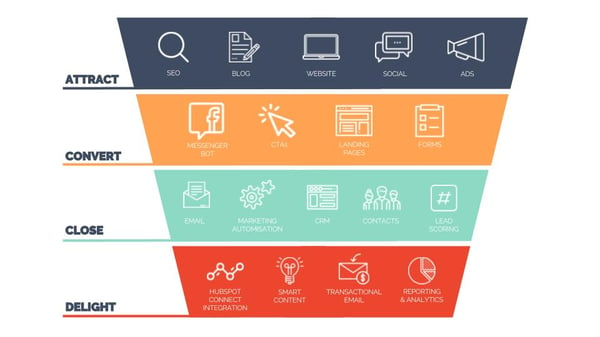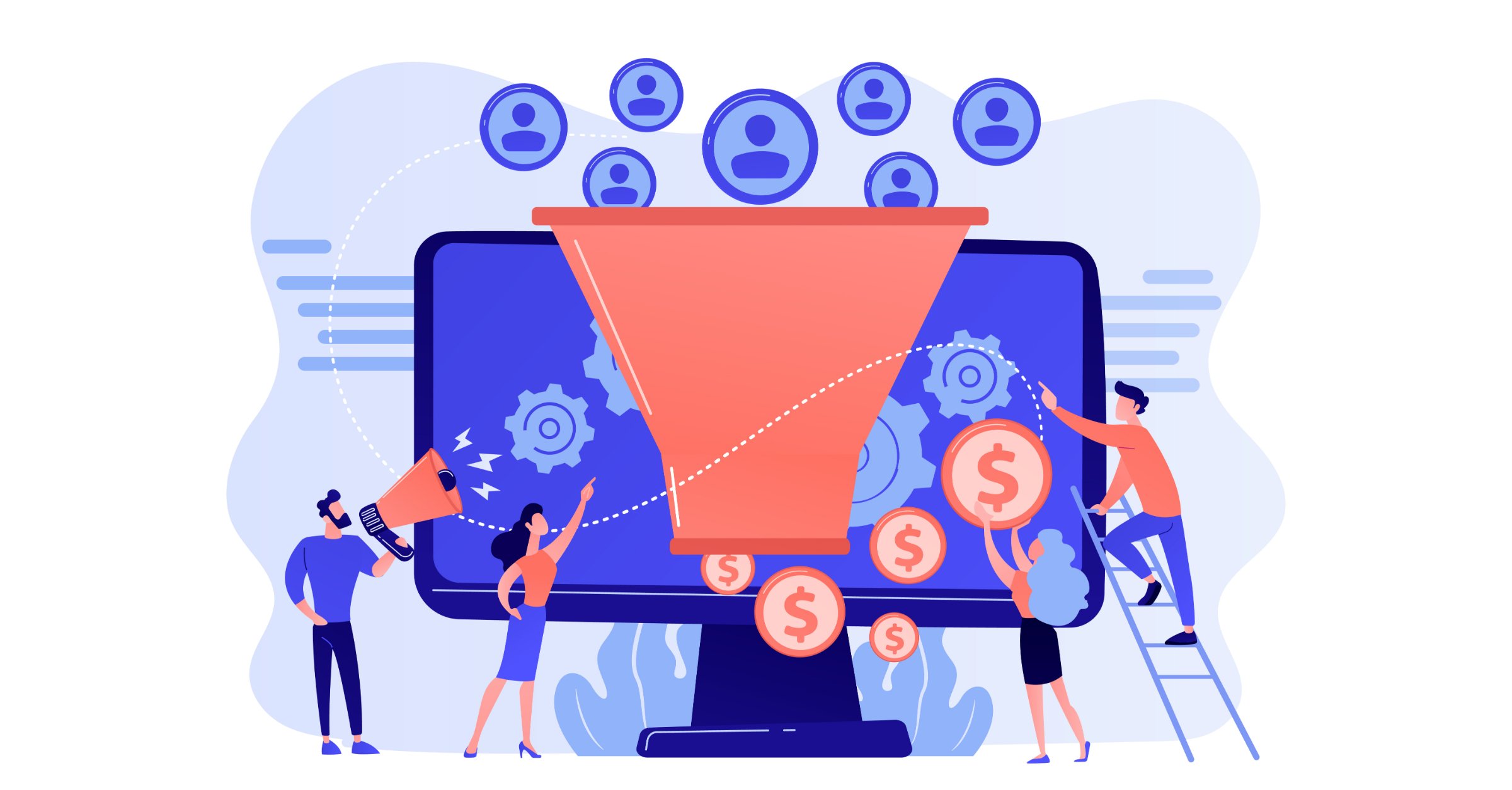Welcome to the first installment of your crash course in inbound marketing.
You will be receiving insider tips and tricks on how to build the ultimate inbound program and start driving leads and converting those leads into customers.
I saw first-hand, while working in a massive Australasian media company, that the traditional marketing model is broken. Outbound Marketing – pushing out unsolicited messages to a mass audience, cold calling to generate leads, and using traditional media that can’t be properly measured – is no longer sustainable or effective.
Digital marketing presents us with new possibilities – yet so many companies still just use it as another channel for the same outbound model. Inbound turns traditional marketing on its head, to attract customers with highly relevant and targeted content, then nurtures those potential customers until they're ready to buy.
63% of marketers say generating traffic and leads is their top challenge.

Why inbound?
Because we can now provide customers relevant and helpful content (and add value at every stage in their buying journey) with personalisation, at scale.
We no longer need to shout in the crowded marketplace to be heard. By creating content designed to solve the problems our potential customers might have, we can attract the right audience through search, social media, blogging, video, retargeting, and more.
Even better, when your audience interacts with you in this way, they are already qualifying themselves as leads!
The Inbound Marketing Funnel
There are four stages in turning strangers into customers and promoters of your organisation:

Attract potential customers by offering them relevant content at the right time
Convert your visitors into leads by giving them a reason to interact with you
Close the sale by tracking these interactions, knowing which levers to pull, and exactly when to pull them
Delight them by continuing to add value to their experience so they buy again, stay around longer, recommend you to friends, and share their first-class experience with the wider world.
So, when you stack it all up, your buyer’s journey looks like this:
| Outbound | Inbound |
| BUY THESE SHOES! |
Awareness stage |
|
Consideration stage |
|
|
Decision stage |
Great, so how do I get started?
The first step in creating a great inbound program is defining your goals and your target return on marketing investment (ROMI).
In our next post, the co-founder of Hype & Dexter (who is actually called Romi!) will walk you through creating SMART goals and how to calculate your return on marketing investment (ROMI).
Talk soon,
Ryan

Comments